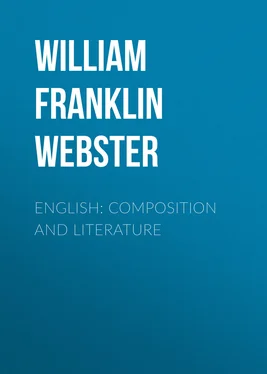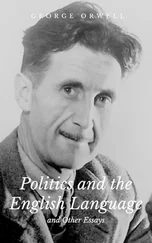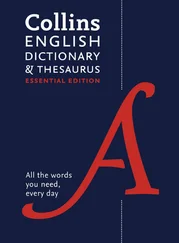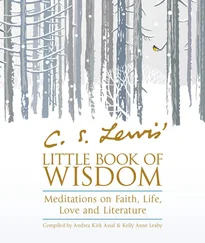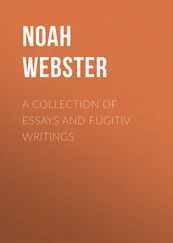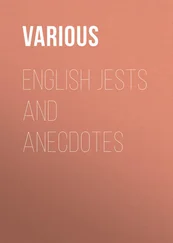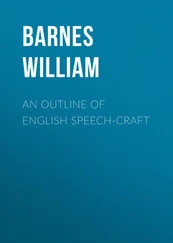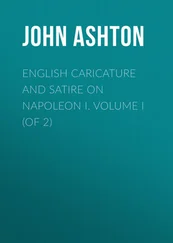Length of Descriptions.There is one more step in the exclusion of details. This considers neither the point of view nor the purpose of the writer, but it is what is due the reader. Stevenson says in one of his essays that a description which lasts longer than two minutes is never attempted in conversation. The listener cannot hold the details enumerated. The clearest statement regarding this comes from Jules Lemaître in a criticism upon some descriptions by Emile Zola which the critic says are praised by persons who have never read them. He says:—
“It has been one of the greatest literary blunders of the time to suppose that an enumeration of parts is a picture, to think that forever placing details side by side, however picturesque they may be, is able in the end to make a picture, to give us any conception of the vast spectacles in the physical universe. In reality, a written description arranges its parts in our mind only when the impression of the first features of which it is formed are remembered sufficiently, so that we can easily join the first to those which complete and end it. In short, a piece of description is ineffective if we cannot hold in mind all its details at one time. It is necessary that all the details coexist in our memory just as the parts of a painting coexist under our eye. This becomes next to impossible if the description of one definite object last over fifteen minutes of reading. The longer it is, the more obscure it becomes. The individual features fade away in proportion to the number which are presented; and for this reason one might say that we cannot see the forest for the trees. Every description which is over fifty lines ceases to be clear to a mind of ordinary vigor. After that there is only a succession of fragmentary pictures which fatigues and overwhelms the reader.” 8
These, then, are the principles that guide in the choice of materials for a description. First, the point of view, whether fixed or movable, should be made clear to the reader; it should be retained throughout the description, or the change should be announced. By regard for it the writer will be guided to the exclusion of matters that could not be observed, and to the inclusion of such details as can be seen and are essential. Second, the writer will keep out matters that do not contribute to his purpose, and will select only those details which assist in producing the desired impression. Third, the limitations of the reader’s powers advise a writer to be brief: five hundred words should be the outside; two hundred are enough for most writers. These principles will give to the whole that unity of materials and of structure which is the first requisite of an effective description.
Конец ознакомительного фрагмента.
Текст предоставлен ООО «ЛитРес».
Прочитайте эту книгу целиком, купив полную легальную версию на ЛитРес.
Безопасно оплатить книгу можно банковской картой Visa, MasterCard, Maestro, со счета мобильного телефона, с платежного терминала, в салоне МТС или Связной, через PayPal, WebMoney, Яндекс.Деньги, QIWI Кошелек, бонусными картами или другим удобным Вам способом.
See pp. 13, 14, of the Report of Committee on College Entrance Requirements.
See the first essay in Prose Fancies.
Unless otherwise stated, all page references are to the Riverside Literature Series.
Biglow Papers, No. X.
Tennyson’s Œnone.
Historical Sketches, by Cardinal Newman.
Pierre et Jean, by Maupassant. Quoted from Bates’s Talks on Writing English.
Impressions de Théâtre, by Jules Lemaître.
